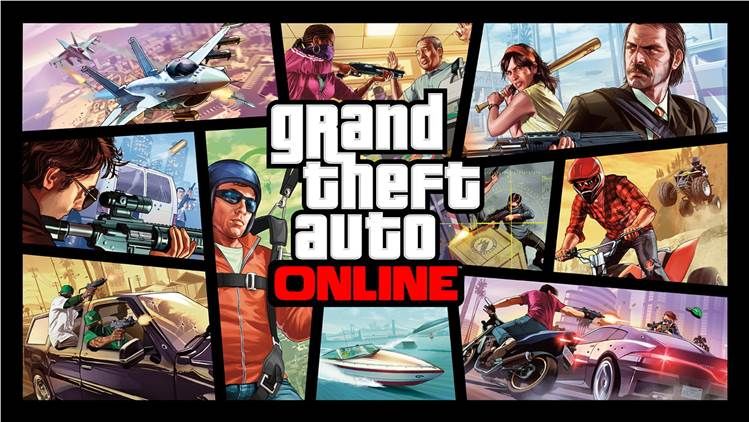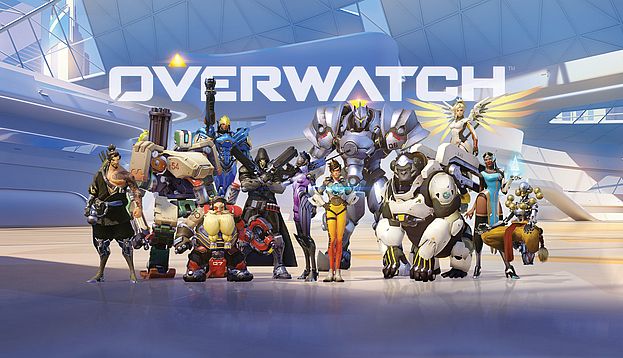One of the remarkable shifts if the game industry has taken place across platforms and business models, and into the very heart of what games are. This has been the essential move from games that are fixed and finite to games that are extended over a long period of time, and continually updated and improved. Of course, there are now many games located at various points along this continuum, and a variety of business models, platforms, demographics and geographic distribution of such games. Some things are clear, though: A substantial amount of the game industry’s revenue, perhaps the majority of it, is now derived from games that designed and operated over a long term — games-as-a-service, as some would describe them. The other major point that’s clear is that such games demand a very different strategy and approach to not only the game design, but the PR, marketing, community, and business development aspects of the game.
The classic fire-and-forget game, from a publisher’s standpoint, was pretty much the only kind of electronic game since the inception of the business in the late 1970’s through most of the 1990’s (with a few exceptions, like the early multiplayer online games, MUDs and MUSHes and things like Kesmai’s Air Warrior). As the Internet began to emerge to become a widespread phenomenon, and then mobile games, we saw more MMO’s become popular — EverQuest and many others. Those games were still a small section of the business, but the amazing financial success of World of Warcraft (and the gusher of profits it delivered) drew much more attention to the segment. As Facebook games became hot, and then mobile games, and eventually games like League of Legends and World of Tanks, we saw persistent, long-lasting games become the dominant source of revenue in the game business.
Now even classic console games are attempting to become persistent, and engage their audience year-round. What else do you call regular DLC drops that titles like Call of Duty thrive on, or the year-round engagement of FIFA Ultimate Team Even the best-selling console game Grand Theft Auto now has Grand Theft Auto Online, which will probably become even more important over time as we wait years for another installment of the series on consoles. Or look at Destiny, which is trying to combine the console-dominating genre of the first-person shooter with the persistent, long-term engagement of an MMO.
There are definitely issues arising for the classic fire-and-forget games, even as they try to move to a long-playing game. Call of Duty, while still one of the top-selling console games every year, has seen those numbers drop every year for several years. Certainly the constant flow of DLC, and digital full game downloads, are helping to maintain profits. But that initial $60 buy-in, with the $40 season pass or multiple $10 buys, is a difficult hurdle compared to the “free” experience offered by League of Legends, World of Tanks, DotA 2 and others, even though those other games have plenty of DLC to purchase (you can spend far more in League of Legends than you can in Call of Duty, but the prices for each transaction can be small). That’s one reason Activision is testing Call of Duty Online, and that new games like Heroes of the Storm and Overwatch are likely to be free-to-play.

These long-term games must focus on player engagement in order to really monetize effectively. Sure, user acquisition is important, but mobile game companies are now looking very closely at how well they keep players around for the long term. Why Because though players are the ones who spend money, or are more likely to. The longer you keep them, the more you’ll make — if the game is well-designed and keeps fresh and interesting with new content.
This also means that marketing efforts must be continual. New stories need to be encouraged among the press, new videos created and disseminated. The community needs to be fostered for multiple reasons, not the least of which is that it’s good for the game. A thriving community is a rich source of new players, too, as engaged gamers become evangelists for your game.
There are still single-player experiences being created that attract a lot of attention — Ready at Dawn’s The Order: 1886, the upcoming PlayStation 4 exclusive, for example. That’s getting some chatter out there because the game may not take very long to finish, perhaps as little as six hours or so if you rush through it. Some see that as a tough sell for $60, while others counter that it should be judged on the quality of the experience as well as the quantity. Still, however you slice it, that’s a harder sell these days than an online or mobile game where you can buy in as little or as much as you like, and play for many months if you really like it.
When you think about the big changes in the gaming industry, don’t focus on the platforms. Yes, those are important and require a lot of work to adapt to — but the big change everyone in the industry has to wrestle with is this shift to thinking about games as something that last for years. Designers need to come up with concepts that can be extended readily, and systems and mechanics that won’t break easily when new things are introduced. Marketers need to figure out the key attraction points of such long-term games, and how that can be communicated over a period of years in an engaging and interesting way.
Marketers need to bear some responsibility for engaging gamers and keeping them interested for the long term — that isn’t all resting on the in-game content, or shouldn’t be. This should be a group effort, along with those running the community efforts, as well as with the players themselves. The really successful games are listening closely to what players are saying, and adjusting the content to suit the needs of the audience. This is how the game industry will continue to expand into the future — by playing the long game.

